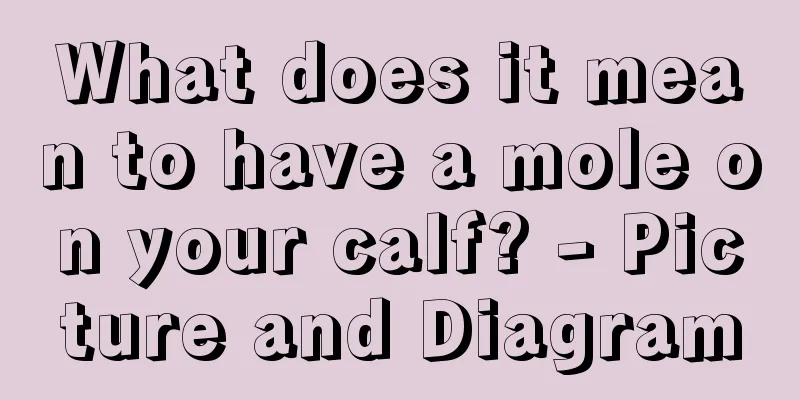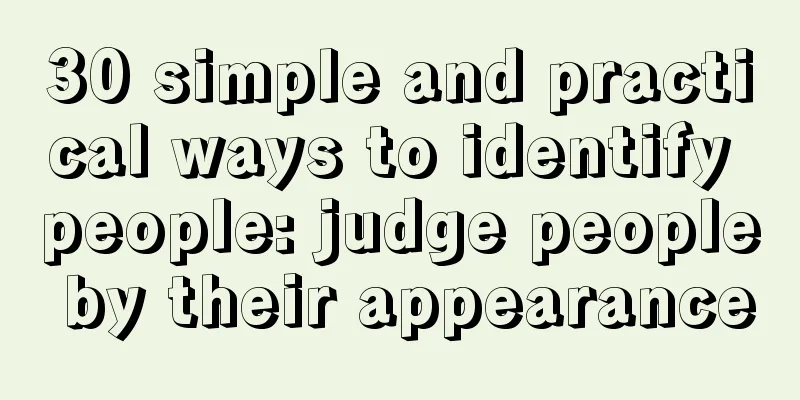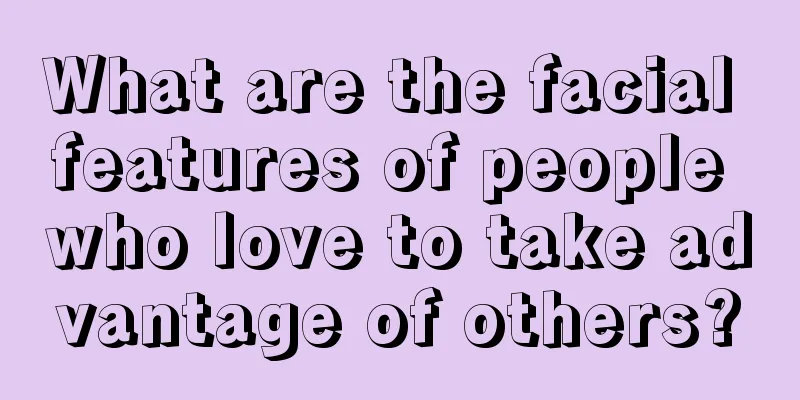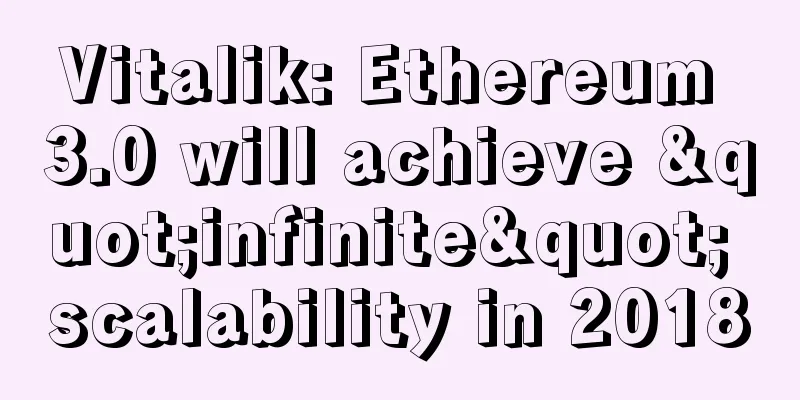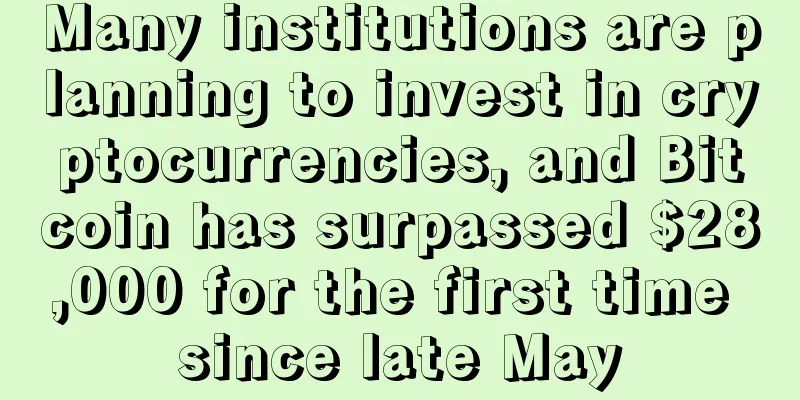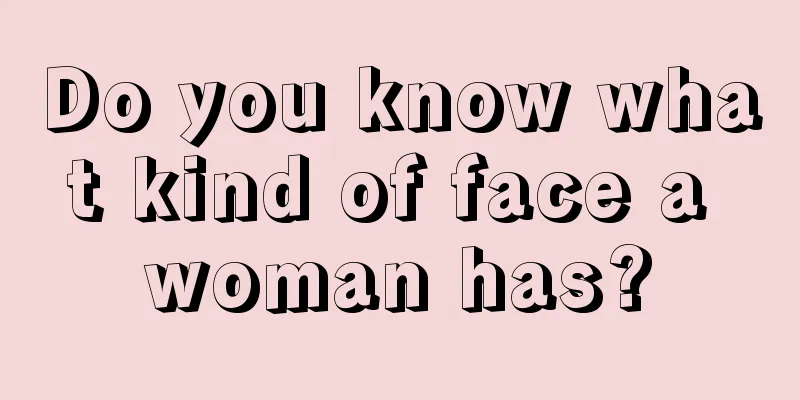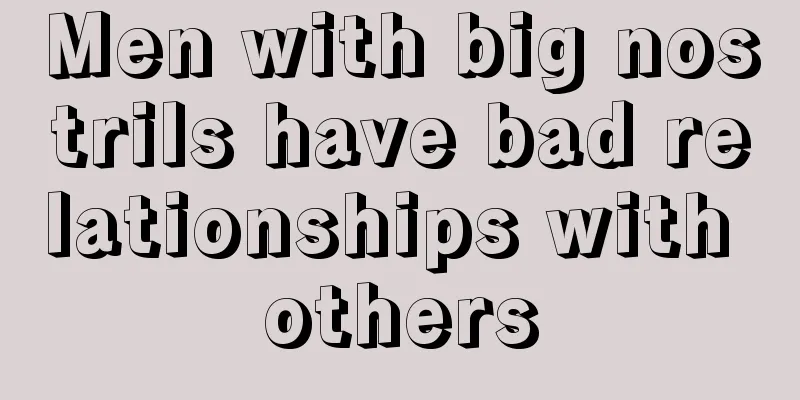Standard & Poor's: The mass adoption of blockchain technology could change the ratings of financial institutions
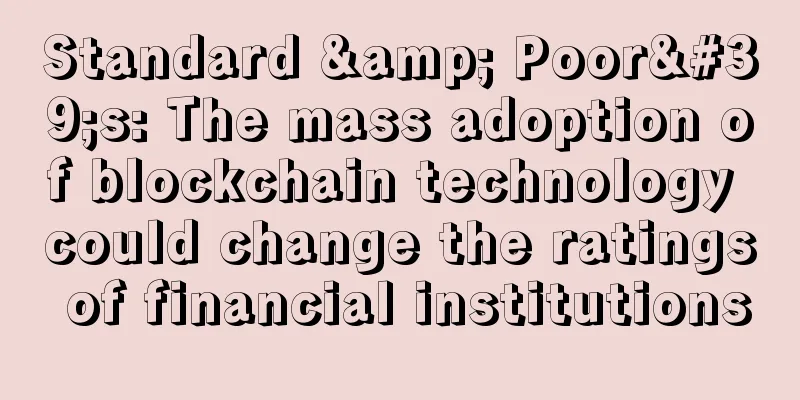
|
Global ratings agency Standard & Poor’s (S&P) may consider changing its ratings of large financial institutions if blockchain use becomes widespread and starts to impact current business models. In a report released on Wednesday, Standard & Poor's (S&P) said it believes rising investment in blockchain technology is indicative of a 'change' in the financial industry. Blockchain is like a giant decentralized ledger that records every transaction and stores that information on a global network so it cannot be altered. Banks see the technology as being useful for everything from money transfers to securities trading, cutting costs and creating a tamper-proof record of transactions without the need for a third party. S&P said blockchain, a technology that can streamline back-office operations, reduce clearing and settlement times, facilitate payments and generate new revenue streams for financial institutions such as banks and asset managers. But don’t expect blockchain to gain widespread adoption anytime soon. S&P said:
S&P said the technology could give companies a competitive advantage and even begin to reduce the 'relevance' of certain business models. In this context, S&P said they may 'consider changes to ratings' if blockchain adoption accelerates faster than they expect, which would have broad implications for financial institutions' operating models. So far, many large banks have been working with a company called R3 to test the potential use of blockchain. On Monday, Wells Fargo and Commonwealth Bank of Australia demonstrated the first real-world use case of blockchain, processing and executing a batch of cotton transactions from the United States to China. |
<<: Japan is at the forefront of blockchain development
>>: DAO attackers transfer $60,000 as ETC hard fork completes
Recommend
What can you do to improve your destiny through face analysis?
What can you do to improve your destiny through f...
Former BitMEX CEO to surrender to US authorities on April 6
On March 17, according to a screenshot released b...
What is the personality of a hanging nose? Is it easy to get along with?
When getting along with someone, the most importa...
There are signs of rising speculation in virtual currencies. Regulatory authorities in five places have taken action to block it in the past two weeks.
A month ago, blockchain technology became popular...
Revealing the secrets of which face women have good luck
Whether one’s fortune is good or not is determine...
What does a mole suddenly appear on the ring finger of the right hand mean in terms of fortune?
Moles play an indispensable role in physiognomy. ...
Analysis of the seven facial features of evil women
Evil women usually have bad personalities and are ...
What does a woman's right eye twitching mean for good luck?
Eye twitching is called eye muscle spasm in clini...
Andreas Antonopoulos: Bitcoin is different from digital currency and is a platform for building trust
As 2017 arrives, Andreas M Antonopoulos, one of t...
Do men with moles on their cheekbones have good luck?
In physiognomy, men with moles on their cheekbone...
Look at your shoulders to see if your life is good or not
Look at your shoulders to see if your life is goo...
How to tell who is the best looking person
In life, we all hope to be a person with the best...
Men born with good luck in marrying a wife
The fate of husband and wife is interdependent. T...
People with unreliable faces are not trustworthy.
The so-called unreliable people are those who are...
What are the characteristics of a woman's cheating face?
If a woman cheats on her husband, then such a wom...
